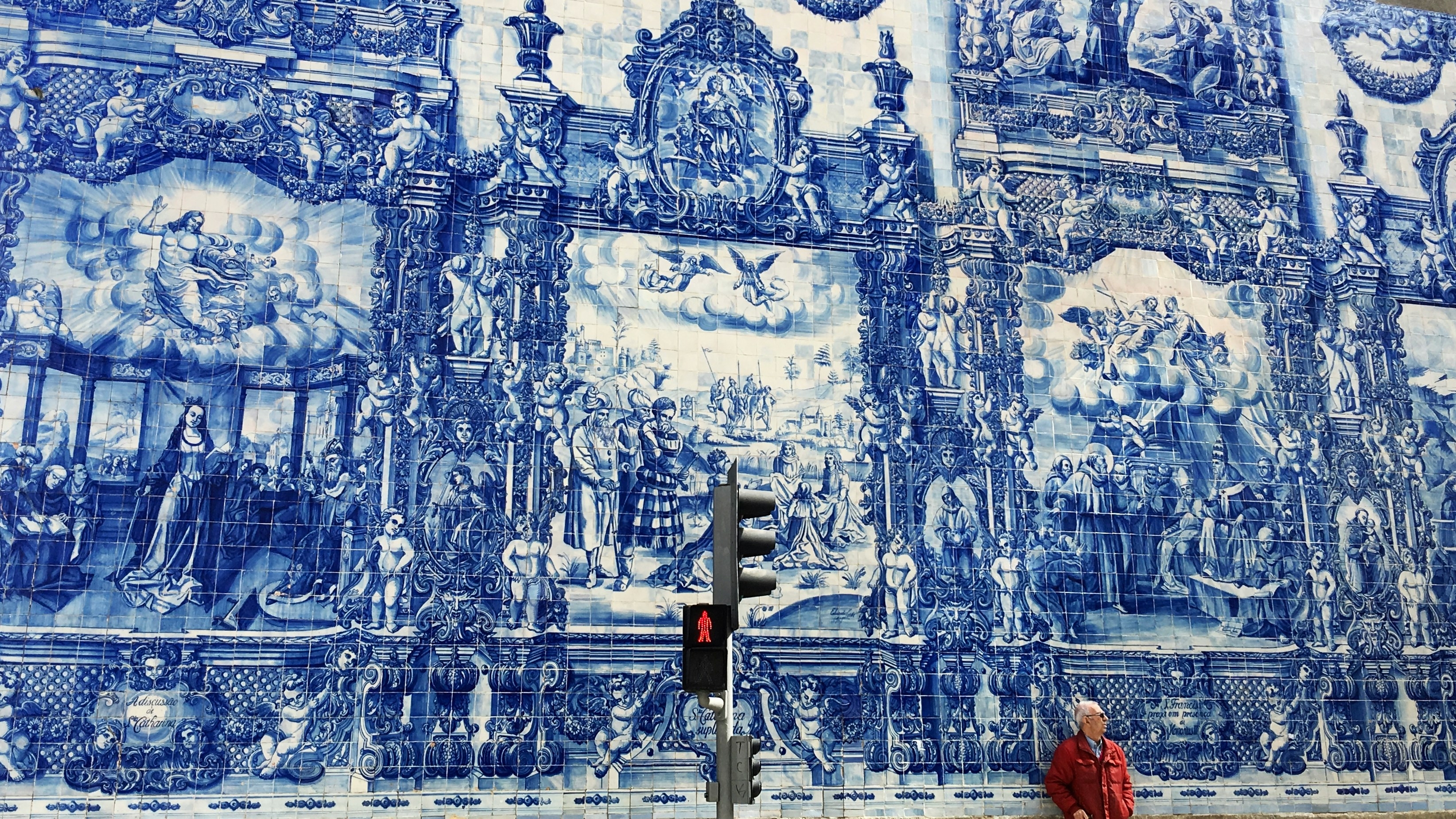
Porto and Its Azulejo Mania, Facades to Photograph
Discover Porto’s most beautiful azulejo façades, their history, and the top spots for photography in this vibrant Portuguese city.
Porto is not just known for its eponymous wine or iconic bridges… it is also an open-air museum thanks to its façades covered in azulejos, those painted ceramic tiles that adorn buildings, churches, and palaces ! Azulejos are not merely decorative elements: they tell the story, culture, and creativity of a people. Walking through Porto is like diving into a colourful universe, where each street offers a visual surprise and a detail to capture with your camera! This article guides you through Porto’s “Azulejo Mania,” its origins, its significance, and the best spots to admire and photograph these unique works of art.
The History of Azulejos
The word “azulejo” comes from the Arabic “al-zellij,” which referred to glazed terracotta tiles used to decorate palaces and mosques in Andalusia, Spain. Arriving in Portugal in the 16th century, these azulejos quickly conquered the country! They were initially used to adorn royal palaces and churches before becoming widespread in bourgeois homes and public buildings.
Porto, like Lisbon, embraced this tradition with passion. The city experienced significant expansion in the 17th and 18th centuries, during which azulejos began to decorate numerous façades. At the time, the tiles were often hand-painted with purely geometric or floral motifs. By the 19th century, the technique had evolved, and illustrative scenes appeared: religious episodes, historical narratives, or simply depictions of daily life!
Today, azulejos remain a strong symbol of Portuguese identity. In Porto, they can be found on almost every type of building: house façades, metro stations, historic cafés, and even modern walls. Each azulejo tells a story and demonstrates Portuguese craftsmanship while offering a colourful spectacle that attracts photographers from around the world.
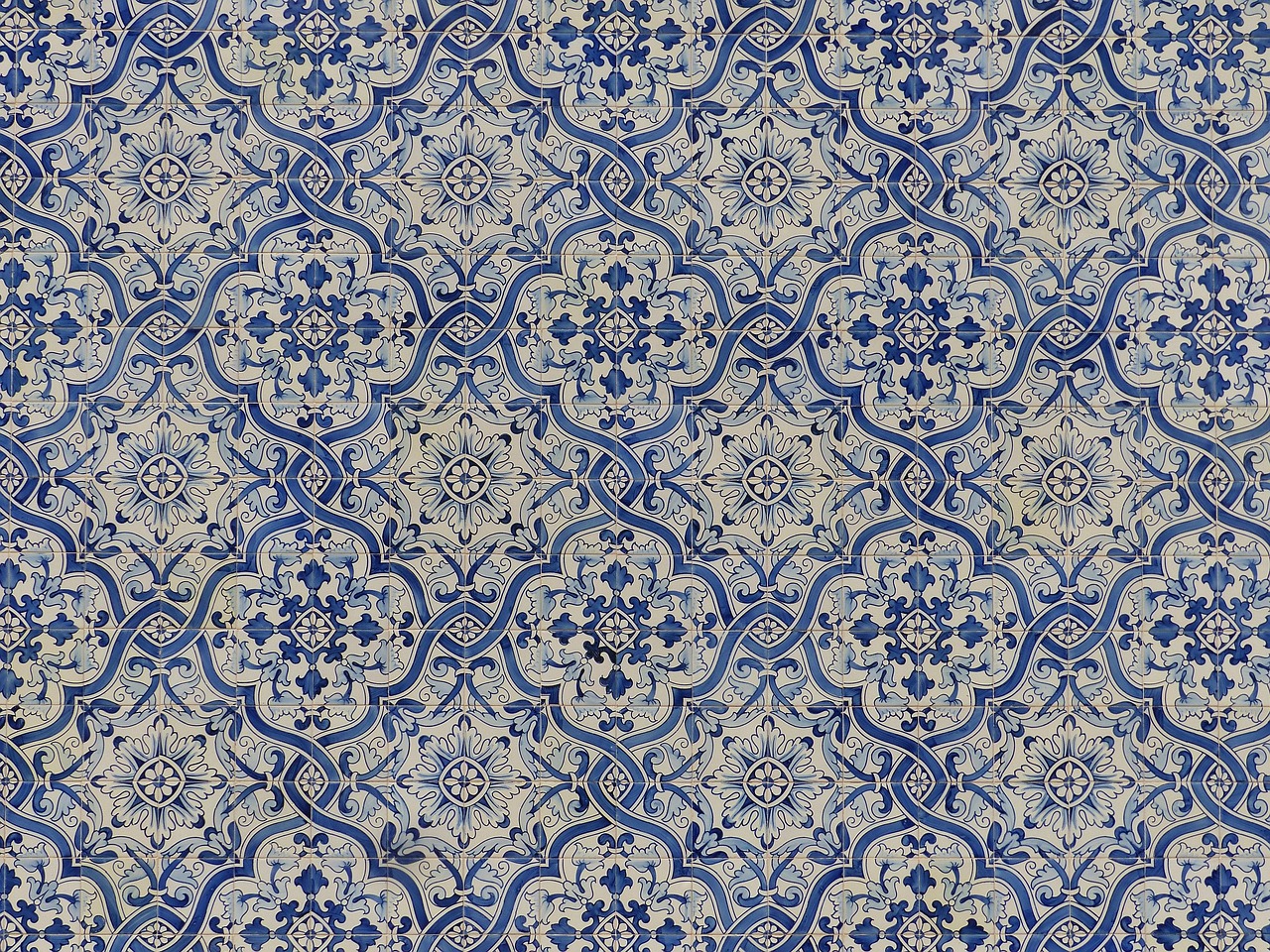
© Cbdlq
Why Porto is the City of Azulejos ?
A prosperous commercial history
Porto has always been an important trading hub. The city could invest in buildings and embellishments, and azulejos served to display the prosperity and artistic taste of its residents, indeed, these are works of art !
A rich religious heritage
Many churches and convents were built or renovated between the 17th and 19th centuries, and azulejos illustrated biblical scenes to educate the faithful.
A favourable climate
Ceramic tiles are perfect for protecting façades from rain and humidity, both abundant on Portugal’s northern coast.
A local culture devoted to art
Porto’s inhabitants have always had a keen sense of decoration and architecture. Azulejos became an artistic expression accessible to all, in homes as well as public spaces.
As a result, wandering through Porto is like flipping through a life-size history and art book, where each façade, alley, and building seems to tell its own story… so make sure you carry your camera !
The Types of Azulejos in Porto
Geometric and floral motifs : often blue and white, these patterns decorate traditional houses and public buildings. They are the most emblematic and photographed (such as the beautiful Capela das Almas!).
Figurative scenes : historical, religious, or popular, these appear mainly on churches, palaces, and certain administrative buildings. Scenes depicting Porto’s daily life are particularly charming, recounting episodes from the 19th century.
Modern azulejos : some contemporary Porto buildings continue to use azulejos to add a modern touch while respecting tradition. Colourful graphic creations are often the result of collaborations with local artists!
Must-See Façades
Here are the essential spots to admire and photograph Porto’s most beautiful azulejo façades :
Church of Saint Ildefonso
Located on Praça da Batalha (in the upper part of Porto), this 18th-century church is covered in magnificent blue and white azulejos depicting religious scenes. The exterior façade is impressive, but the interior is also worth a visit !
Palácio da Bolsa
This iconic central palace houses richly decorated rooms where azulejos narrate Porto’s commercial history. The blue-and-white tiles contrast beautifully with the gilding and neoclassical architecture, well worth a visit!
São Bento Railway Station
Perhaps the most famous site in Porto for azulejos. The main hall is decorated with over 20,000 hand-painted tiles, depicting the history of Portugal and Porto. The station is small, but a must-visit for any photography enthusiast (and even for travellers passing through !).
Rua de Santa Catarina
This iconic shopping street is not just for retail therapy : some façades are adorned with colourful, historic azulejos that give a unique charm to the stroll (such as Capela das Almas).
Miragaia District
This picturesque district along the Douro River features traditional house façades fully covered in azulejos. Blue and white dominate, but some houses show brighter shades. It’s a perfect spot to capture Porto’s authentic spirit, with its narrow, charming streets.
Cedofeita and Bonfim
These less touristy districts are full of azulejo façades often overlooked by classic guides. Here, the tiles tell local stories and offer a more intimate experience, away from the crowds and close to authentic Porto.
Metro Stations and Contemporary Buildings
Certain metro stations (like Trindade) or modern buildings such as Casa da Música use azulejos innovatively, creating a dialogue between tradition and modernity.
Tips for Photographing Façades
Choose the right time : morning or late afternoon light brings out the textures and colours of azulejos. On rainy days, consider visiting São Bento station, where the tiles are inside.
Play with angles : don’t limit yourself to front-on shots; perspectives, details, and reflections add dynamism.
Include the surroundings : integrating streets, balconies, and lampposts situates façades in their urban context, enhancing the city’s charm!
Zoom in on details : geometric patterns, figurative scenes, or inscriptions often tell as much of a story as the full façade.
Respect residents : some façades belong to private homes; photograph discreetly and respectfully.
Between Art and Cultural Identity
In Porto, azulejos are not merely decorative: they are an integral part of the city’s identity. They symbolise history, craftsmanship, and the residents’ appreciation of beauty. Tourists and locals alike stop to admire them, and contemporary artists often draw inspiration from them to create modern works.
This “Azulejo Mania” contributes to Porto’s reputation as a cultural and artistic destination. Colourful, unique, and sometimes surprising façades are reason enough to wander through the streets with a camera (or a smartphone) in hand.
Porto is a city where history and art are read on its façades. Azulejos are far more than mere tiles: they are witnesses to Portuguese history, artistic creations, and symbols of a strong cultural identity. Walking through Porto allows you to admire these open-air works of art, discover both iconic and lesser-known districts, and immerse yourself in the city’s authentic spirit. So, grab your camera and let yourself be swept away by Porto’s Azulejo Mania, you won’t be disappointed !
Share this article
Suggested articles

Porto Seen from the River, The Six Bridges Cruise
Porto is a city of unique charm, and it reveals an even more beautiful side when seen from the Douro River. One of the must-do experiences for anyone visiting the city is the famous Six Bridges Cruise! It offers a truly unique perspective on the city’s striking architecture, its magnificent bridges, and the surrounding landscape.
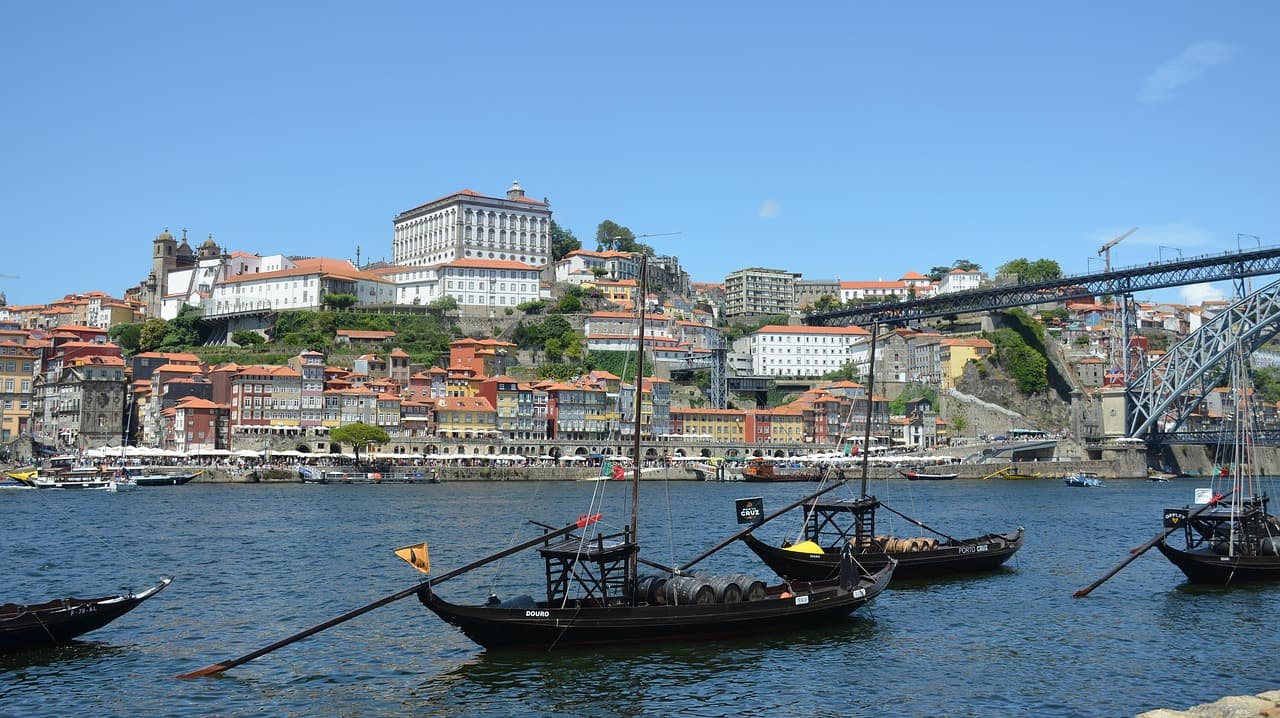
72 Hours in Porto (Oporto), The Perfect Itinerary
Porto (also named by foreigners “Oporto”) is Portugal’s second-largest city and, naturally, a must-visit destination for those who appreciate culture, gastronomy, and wine, particularly the famous Port wine!
.jpeg&w=3840&q=75)
Serralves in Porto, Contemporary Art in a Green Haven
Just a few minutes from Porto’s busiest avenues lies a true sanctuary of contemporary art and nature: the Serralves Foundation. Less visited than other urban landmarks in the city, this unique complex combines modern architecture, a romantic garden, and (very) daring exhibitions. If you are looking for a cultural experience in a green setting, this place is well worth your attention !
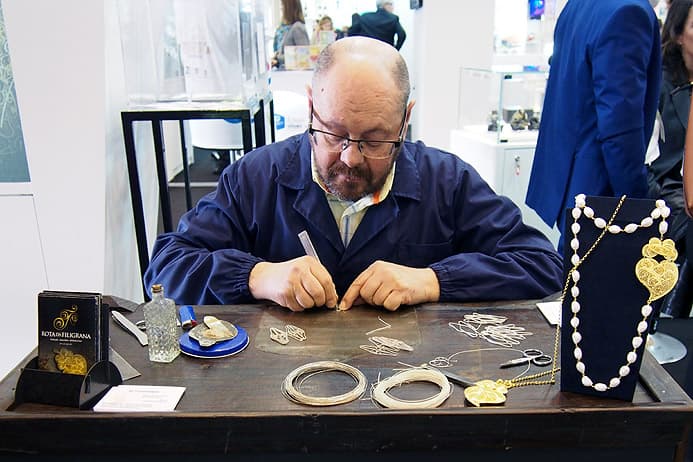
Filigree Art, Portuguese Gold and Silver Jewellery
Portugal boasts a rich artisanal heritage, and among its treasures, filigree art shines for its finesse, delicacy, and timeless elegance ! Filigree is an ancestral jewellery technique that involves working gold or silver into extremely fine threads to create intricate patterns.
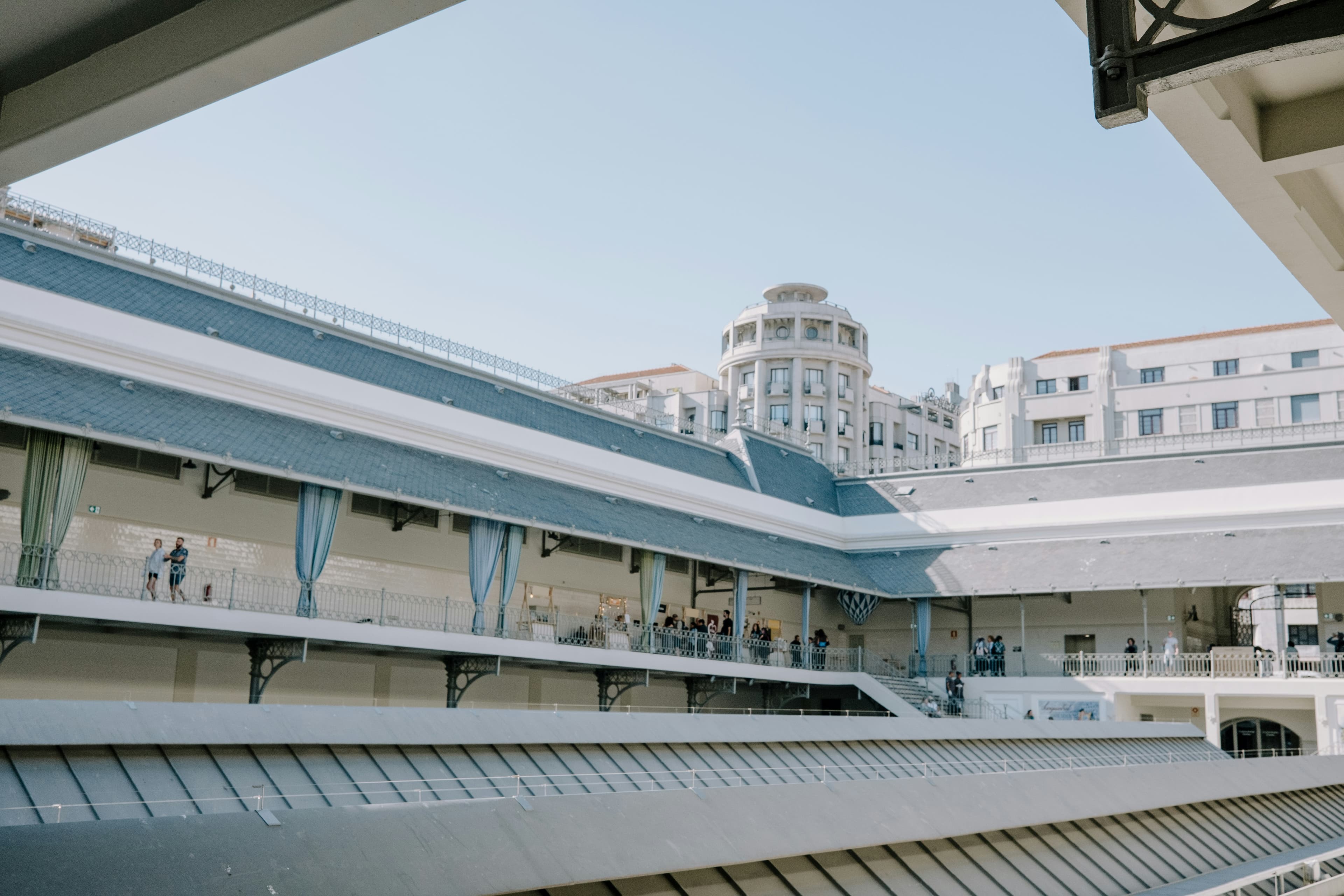
Bolhão Market, The Heart of Porto’s Popular Life
In the heart of Porto’s historic centre, the iconic “Mercado do Bolhão” stands as one of the city’s living symbols. Opened in 1914, it has recently undergone renovation to preserve its authenticity while adapting to contemporary needs.
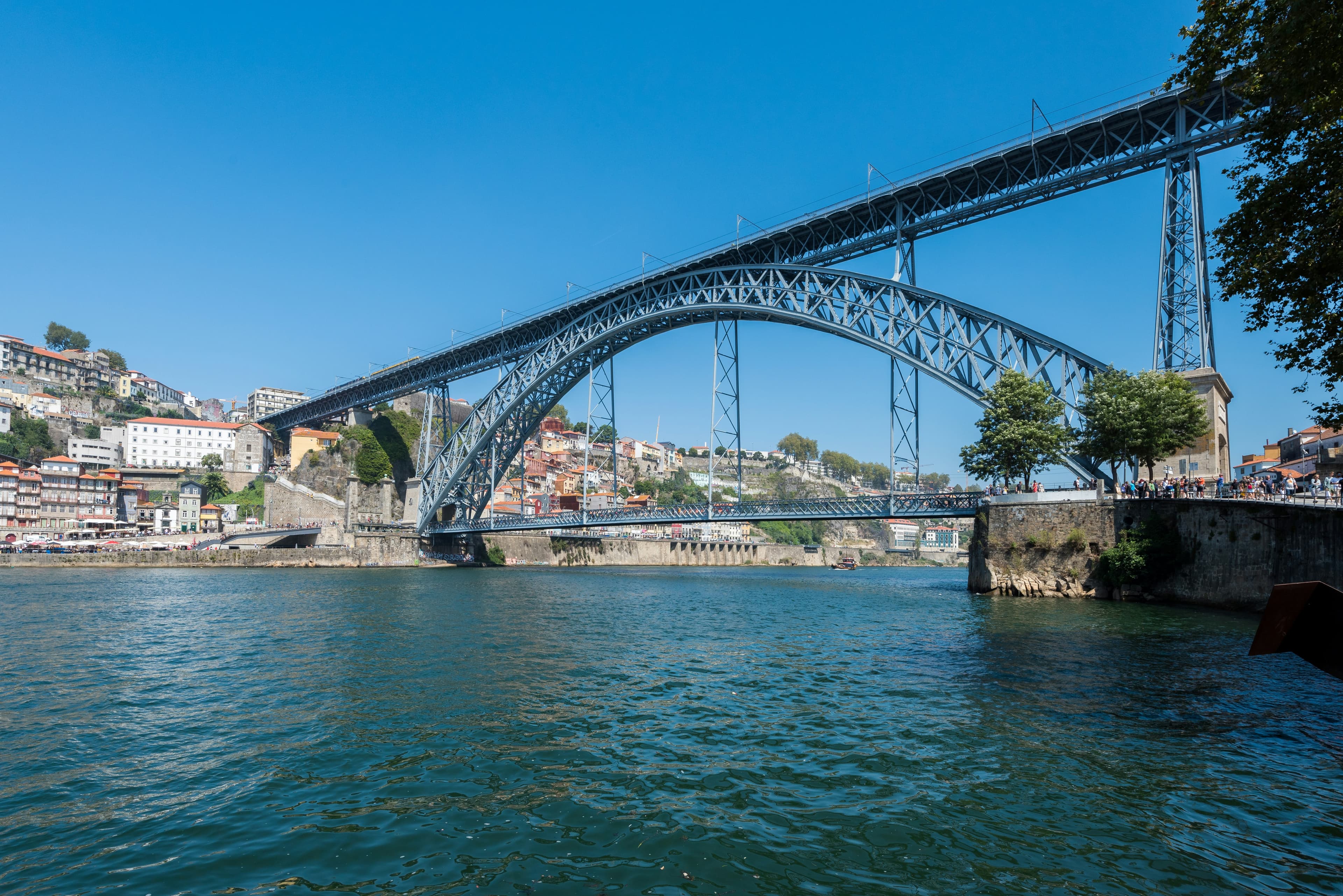
The Six Iconic Bridges of Porto
Porto is a city that comes alive not only through its cobbled streets and colourful façades but also through its majestic bridges. Crossing the Douro River is not merely moving from one bank to the other: it is feeling the heartbeat of the city. These bridges tell centuries of history, engineering feats, and poetry !


